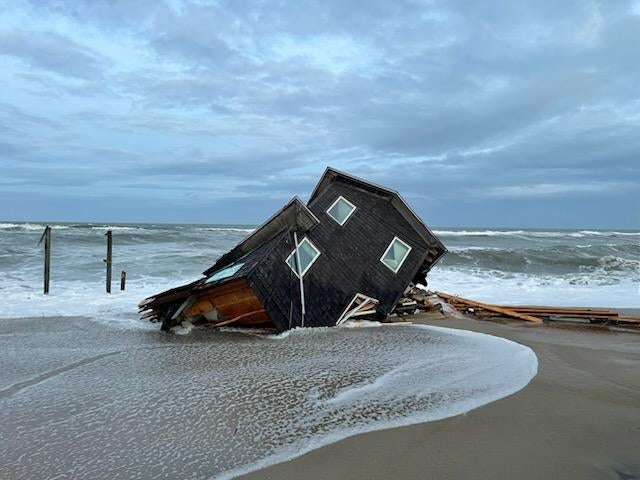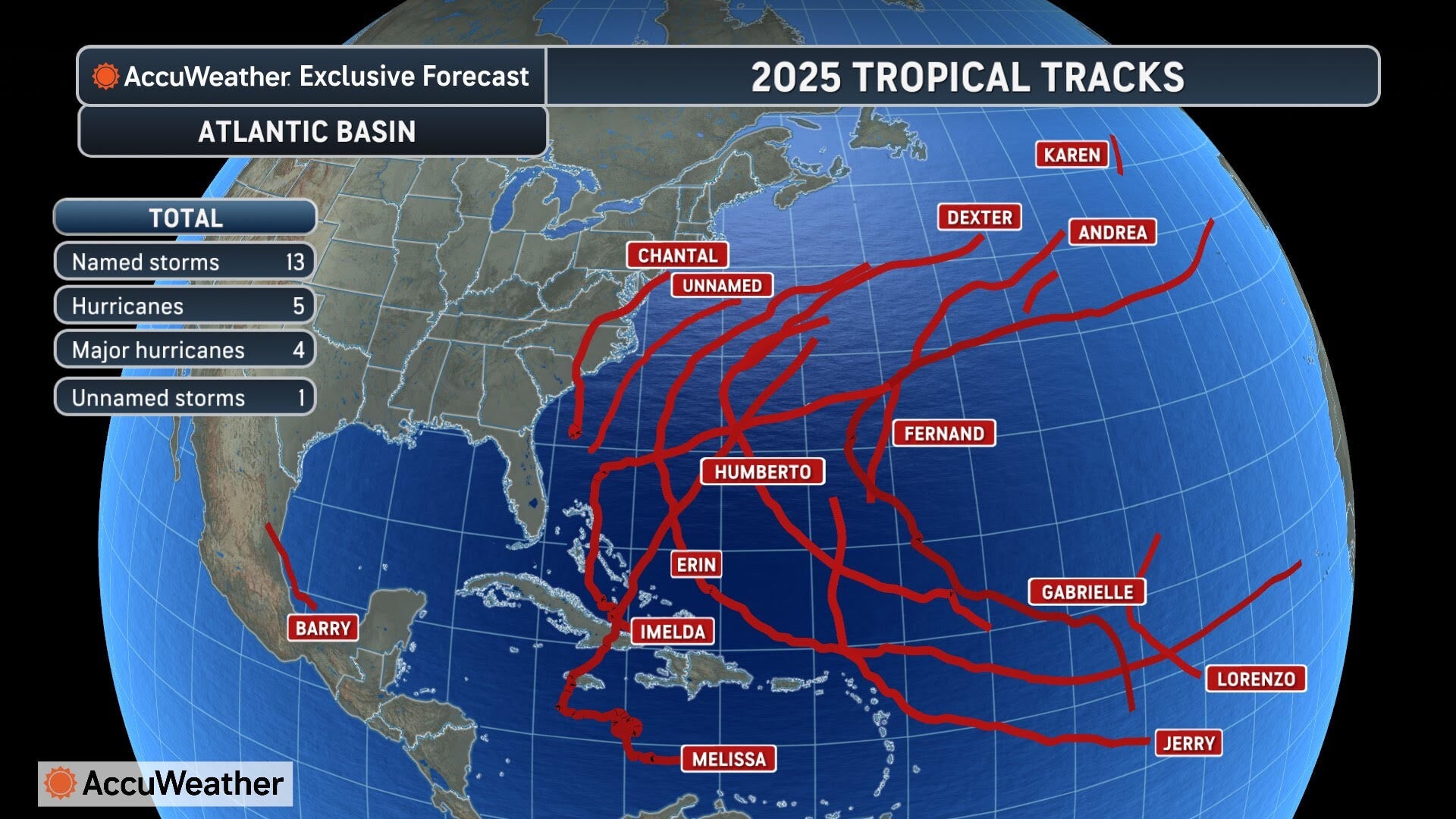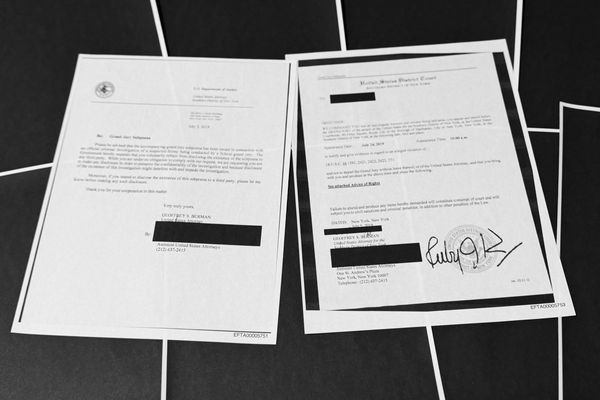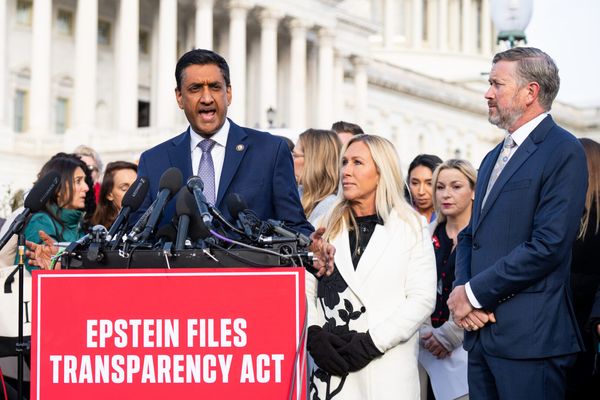Americans got lucky this Atlantic hurricane season.
The season wraps in under a month, but no hurricanes have directly struck the contiguous U.S.
“We haven’t had a landfall of anything higher than a tropical storm,” Dan DePodwin, AccuWeather’s vice president of forecasting operations, told The Independent Monday. “That was Chantal in July.”
Tropical Storm Chantal, the third named storm of 2025, caused up to six inches of flooding in North Carolina, and produced a tornado which damaged roofs and toppled trees in Wilmington.
August’s Hurricane Erin – the first hurricane of the year which eventually became a Category 5 storm – resulted in days of significant beach erosion, strong surf and rip currents, sending Outer Banks houses in North Carolina toppling into the foamy ocean edges. But it didn’t make landfall in the states or anywhere else.
Since then, the storms have all veered right before even approaching the Florida coastline, normally one of the hardest hit states of hurricane season.
The pattern is due to what meteorologists call the “Bermuda High”: a high pressure system in the Atlantic basin with clockwise winds that can push storms either west or east depending on the system’s strength.

A stronger Bermuda High forces them toward the U.S. That’s not what happened this year.
“That area of high pressure was a little weaker than it can be and also was shifted a bit farther east during the peak of hurricane season in August through September,” DePodwin explained.
“And so, because that area of high pressure was farther east, the storms could sort of curve around the western side of the high towards Bermuda and then out into the Atlantic.”
A dip in the polar jet stream, a band of winds that circles the globe, has helped push the storms away, too, he said.

This isn’t the first time that the U.S. saw relatively few impacts over hurricane season, which lasts from June 1 to November. In 2010, there were 19 named storms and 12 hurricanes — but none made it to the U.S.
Many of the 2010 hurricanes hit the Caribbean, much like this year.
Hurricane Melissa took aim at the region last week, making landfall in Jamaica with wind speeds up to 185 miles per hour, flooding entire communities and decimating structures and leading to the deaths of at least 28 people.

The Category 5 hurricane also struck Cuba, Haiti and Bermuda, killing dozens across the islands. The storm’s official death toll was at least 60 people.
Melissa’s nearly-record strength speed – with winds stronger than 2005’s Hurricane Katrina – was fueled by unusually hot ocean waters, driven by the human-caused climate crisis.
But in the days since the devastating Melissa, the Atlantic has cooled and is not as supportive for hurricane formation, DePodwin said. It means it is unlikely that we will see another hurricane this month.

But this was still an above-average year in many respects. Three of the five Atlantic hurricanes this year have strengthened to Category 5 storms, for example.
That’s pretty much in line with the U.S.’s federal forecast from May, which predicted three to five major hurricanes. While the U.S. may be in the clear for 2025, it’s unknown what the next season might hold, according to DePodwin.
“It’s good news for the U.S. this year. It doesn’t really mean anything about next year, though,” he said.
Air pollution in Amazon rainforest ‘worse than big cities like London and Beijing’
Category 6 is the new hurricane normal, scientists warn
Away from Brazil’s ‘forest’ Cop30 – the fate of the Congo hangs in the balance
Engineering climate may not be enough to save coffee, chocolate and wine – study
Rare Ice Age fish once thought to be extinct thriving in UK loch
King taking ‘keen interest’ in William’s Earthshot Prize being staged in Brazil







